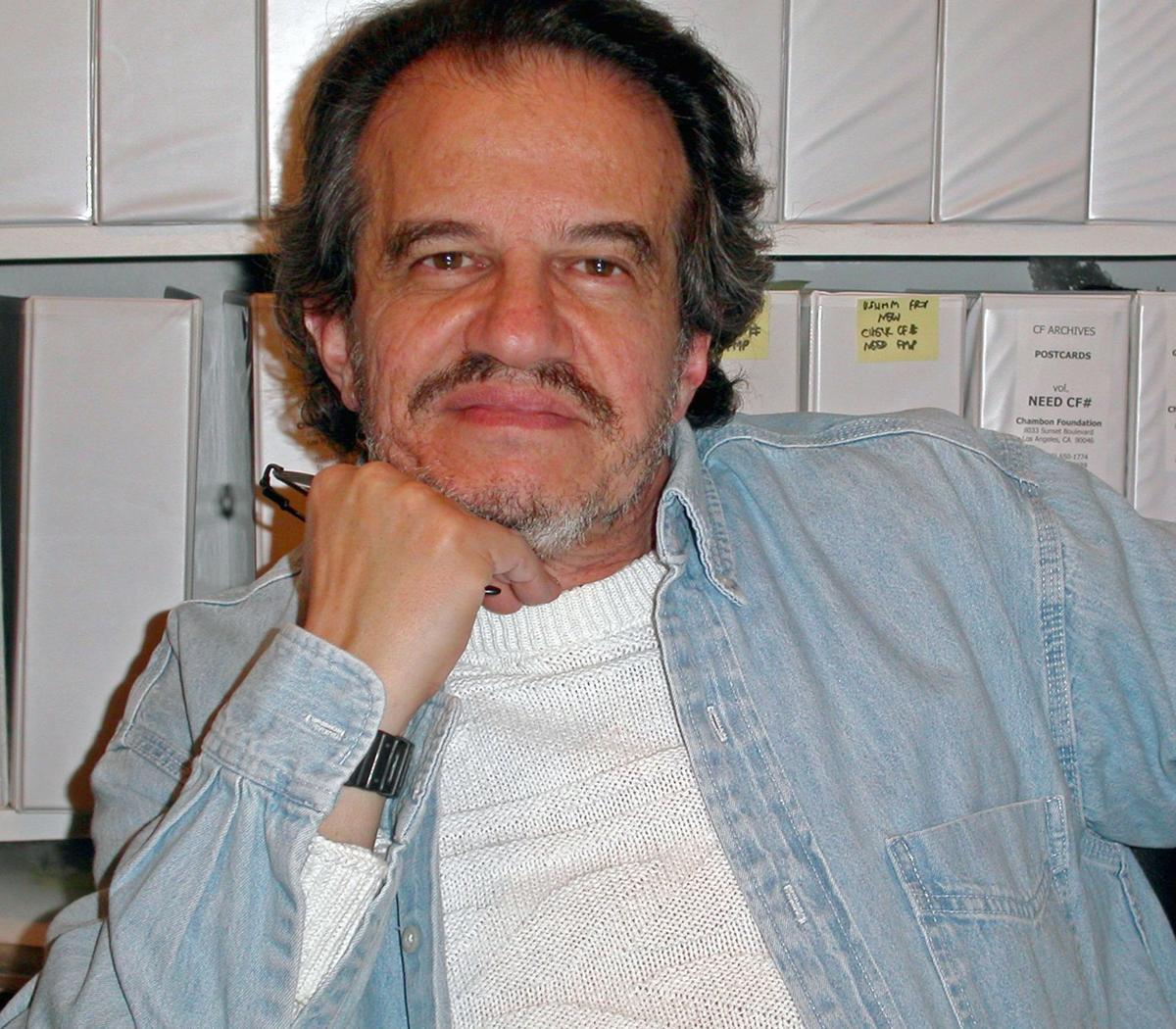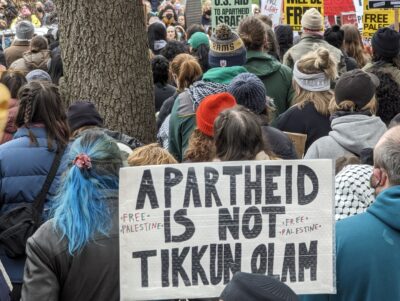
Planxty in concert (credit: Gumbo Pages)
Planxty was one of the first of the Irish “supergroups,” which opened a new era in Irish traditional music. If one could find an American musical equivalent, one could say that they are the Alan Lomaxes, Pete Seegers, John Faheys and Bob Dylans who absorbed the original traditional musical forms (in this case the Blues) of their nation and transformed it into a modern idiom that retained its bond with the original forms. Planxty constituted both a revelation and revolution within Irish music.
My own personal history with Plaxty’s music goes back to sometime around 1975 when I used to listen to WBAI-FM in New York quite religiously. One of the station DJs at the time used Planxty’s Si Bheag Si Mhor as his program theme song. I was mesmerized by both the beauty of the melody and virtuousity of the performance. This was “IT” for me as far as music was concerned. I rapidly became a Celtic music devotee, an interest that continues to this day.
Si Bheag Si Mhor (hear it), which means “Little Fairy, Big Fairy is a Turlough O’Carolan tune which reflects a battle between two fairy hills [thanks to Oliver’s comment below which corrects my earlier mistaken translation of the song title]. O’Carolan too played a central role in Irish music and is undoubtedly the most gifted Irish composer who ever lived. His tunes are classics in their own right, combining both an affinity for the balanced, cerebral classical style of his era with the virbrant, tuneful folk traditions he encountered on his travels through the Irish countryside where he played for the great Irish landowners who served as his musical patrons.
Planxty’s eponymous 1973 debut album, Planxty, is a gem of its genre. The tunes are by turns, humorous (Arthur McBride), elegaic (West Coast of Clare) and politically relevant (Only Our Rivers). Like the truly great musical recordings, not a single song is less than stellar. But pride of place has to go to Si Bheag Si Mhor as the epitome of musical grace and beauty.
Please Note: This mp3 blog showcases my love for traditional music. I hope you come, listen, enjoy, and follow the links to buy the music. Such good deeds reward the artists I feature here and allow me to cover a small portion of the expense involved in maintaining this blog.








I remember Planxty and went to their concerts in Ireland when I was young. Just for your info “Si” is a fairy, “Beag” means small and “mor” means big (the “h”s have crept in because English keyboards can’t put a dot over the initial letters as a grammatical device). The title is approximately “Little Fairy Big Fairy” but you are correct that it alludes to a battle between fairies from opposing fairy hills—-the big and small!
My nephew on hearing tis has picked up his pipes and is playing along. It’s a miracle that his pipes and my computer are in tune!
Wonderful comment, Oliver. I’m so jealous you got to see them in person. And thanks too for the correction. I must’ve heard an explantion one time of the song title & forgotten the part about the fairies.
Do you know anymore about the plot behind the song–the fairy battle? Is it a traditional story or fairy tale & if so is there any online reference to it?
I wonder if this was the fantastic music that I heard to the Playford folk dance Bonny Cuckoo. I just want to hear it again and play it on the piano/keyboard. Who composed it? I found it so emotional, made me think of my mum who died 3 years ago and I miss her terribly. No contact to Ireland though – was from Vienna originally escaped to England in the war.
Actually “Sí” in modern Irish can refer to the fairy hill itself (in Scottish Gaelic = Sith, both of which derive from the Old Irish = Síd / Síde).
This makes much more sense in the context, as it’s not a battle between two individuals of the “good people”, but rather a battle between two opposing communities from two fairy mounds.
The lyrics mention the “Red Branch Knights”. I believe this corresponds to the Ulster warriors of whom Cúchullain was a member of (re: The Taín). This is probably not technically accurate as the fairy folk were said to be the Tuatha De Danaan who retreated under the hills and lakes after the Milesian (Gaelic) conquest in pre-history.
I needed to get a translation of the band’s name. What does “Planxty” translate to in english?
I’ve seen a lot of places translate it as a corruption of “Slaínte” (meaning “health” often used as a toast), but that sounds a little far fetched to me. One should note that the letter “P” did not originally exist in Irish (which is what distinguishes this Q-Celtic language from P-Celtic languages such as Welsh). Thus the words is not native but has been borrowed in from another tongue or is a relatively late addition. I’ve also seen it derived from”planc” meaning “to beat or strike” which in turn is derived from “plangere” (Latin). This strikes me as a more plausible origin.
Does anyone else have a clue as to the meaning op “Planxty”? Tom’s response helped some but still leaves a lot of doubt.
Thanks Tom.
Ernestine–
Please accept my condolences on the loss of your mother. We just danced Bonny Cuckoo (a 4-couple longways set dance in English Country Dance style) at a dance workshop this spring in memory of its creator, Gail Tichnor, who died shortly before the workshop. And yes, this is the music for Bonny Cuckoo, written in 1986. The tune is by the famed blind Irish harper, Turlough O’Carolan. It’s one of my favorites, too.
Jenny–
The meaning of “planxty” is unclear. There are several definitions (some of them contradictory) in use. (Lively harp tune, mournful harp tune, tune dedicated to a patron, etc.) I’m not sure we’ll ever know what the original was.
The woman who wrote Bonny Cuckoo is Gail *Ticknor* –sorry for the previous typo.
I’m getting married soon, and will be walking down the aisle to Si Bheag Si Mhor. It’s such a beautiful, mesmerizing song. I absolutely love it. And my Irish-American father of course finds it touching. He’s always wanted to instill our Irish heritage.
@Neve: You couldn’t have picked a more lovely song, unless of course it was the one I walked down the aisle to: Los Bilbilicos, a Separdic song. But I adore Si Bheag, as is evident fr. my post.
From Amazon.com
In 1972, Christy Moore brought together uilleann piper Liam O’Flynn, Dónal Lunny and Andy Irvine and formed Planxty (the name is a term for a song composed for a paying client). This, their first album, was a watershed for the coming boon in “Celtic” music, with its use of harmonies and its blend of songs, ballads and instrumental tunes. Their mix of bouzouki (now almost considered a traditional instrument, then viewed as an aberration!), bagpipes, guitars, and fiddles, along with the gritty, unadorned singing of Moore and Irvine, still stands the test of time. It was a brilliant act of faith, proclaiming that traditional Irish music could sound startlingly new without being bastardized.
Regards
Paul